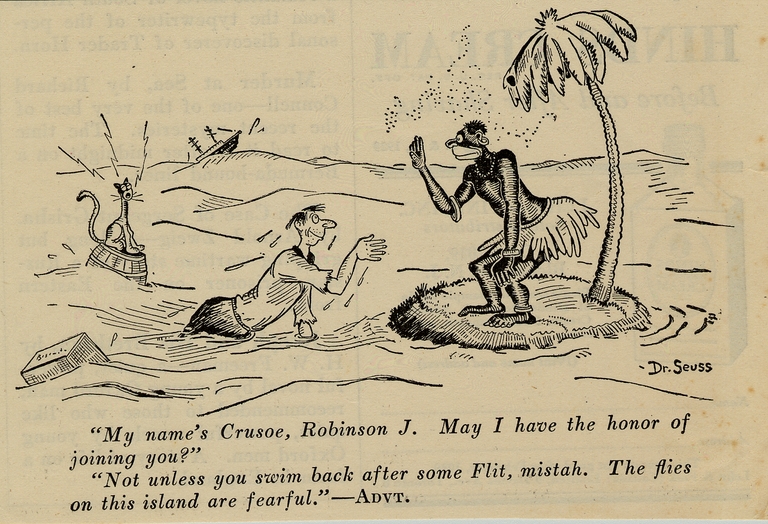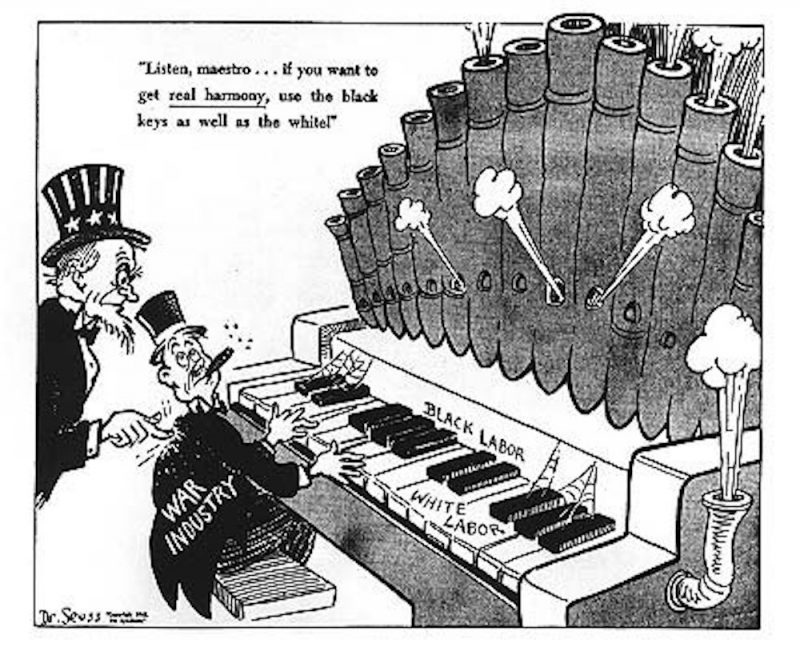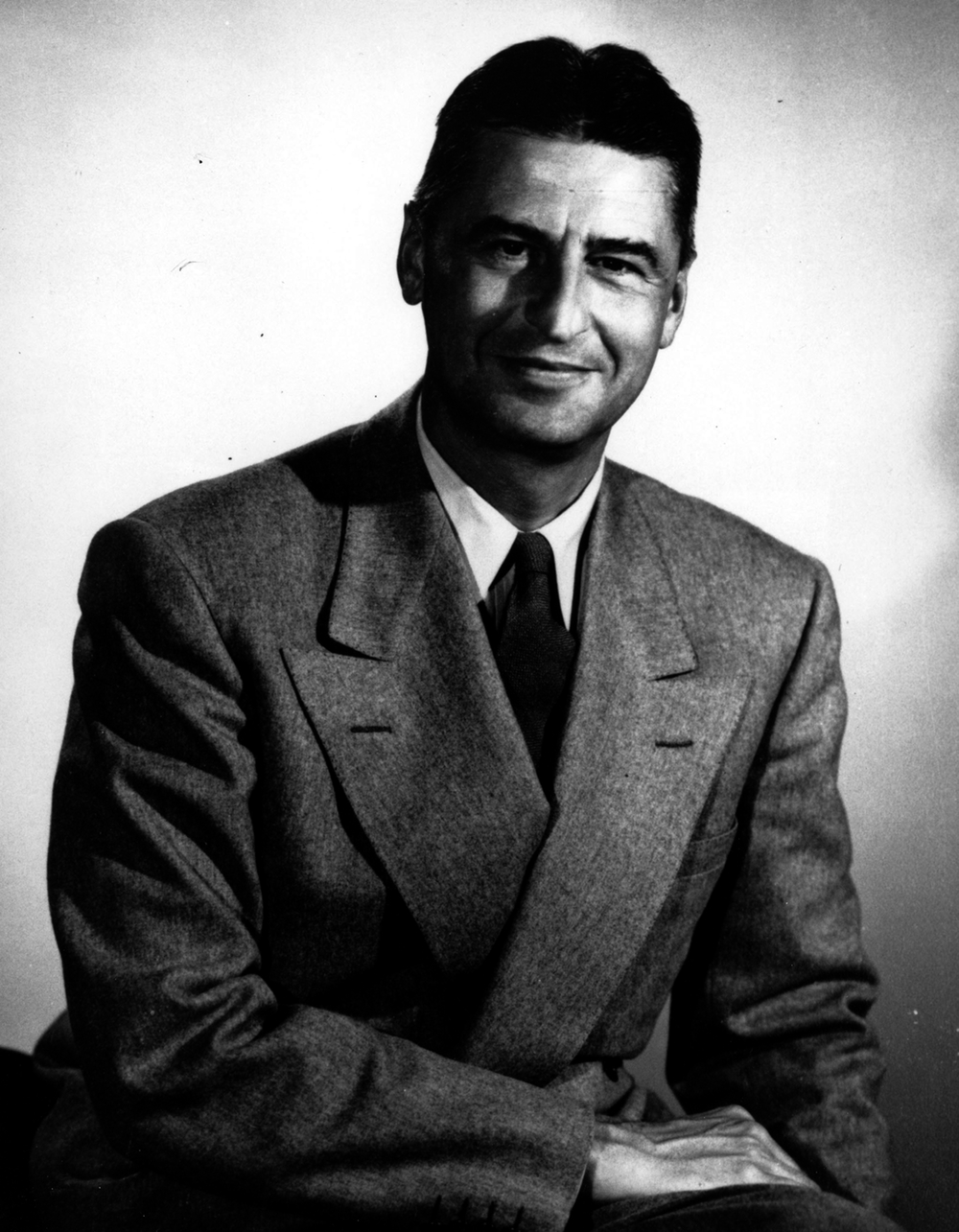A school librarian in Boston rejected a gift of Dr. Seuss books from First Lady Melania Trump in part because the late author’s illustrations are “steeped in racist propaganda, caricatures, and harmful stereotypes.”
Most people know Seuss books as harmless, imaginative fun for kids. But Seuss’s early work did have a darker, racist side – before he eventually changed his views and abandoned his prejudices.
Dr. Seuss’ political leanings are well known – the writer was a liberal Democrat who opposed fascism in the 1940s and President Nixon in the 1970s. The movie of his book “The Lorax” is a fairly unsubtle pro-environment allegory.
Less well celebrated are Theodor Seuss Geisel’s early advertising and political cartoons from the 1920s through the 1940s, which had a racist streak.
In the ads (from the collection of the library of the University of California at San Diego), black people are presented as savages, living in the tropics, dressed in grass skirts. Arabs are portrayed as camel-riding nomads or sultans.
The images reveal that one of America's most original artist-authors had the same views of nonwhites as many of his contemporaries.
More optimistically, Seuss later changed his mind and began drawing cartoons that criticised people with prejudiced ideas. Here's a look at that journey, as seen in images that never featured in his children's books.
Warning: Readers may find the following images offensive or upsetting.
Seuss inveighed against the Japanese in his political cartoons during World War II; he drew them bucktoothed with squinty eyes.

This was an ad for Flit, a brand of insect repellent.

Many of these drawings are from the collection of the Springfield Library and Museums Association.

During the war, Seuss defended his anti-Japanese view, according to his biographer Richard H. Minear.

"Right now, when the Japs are planting their hatchets in our skulls, it seems like a hell of a time for us to smile and warble: 'Brothers!' It is a rather flabby battle cry," Seuss' biographer quotes him as saying. "If we want to win, we've got to kill Japs, whether it depresses John Haynes Holmes or not. We can get palsy-walsy afterward with those that are left."

Later in his career, Seuss mended his ways and drew anti-racism cartoons. (This isn't one, obviously.)

He also expressed regret for his anti-Japanese views, according to filmmaker Ron Lamothe, who made "The Political Dr. Seuss."

"He was regretful about some of his cartoons for PM and some of the propaganda work he did for the Army Signal Corps," Lamothe said.

LPC Co. was a printing company targeting contractors for promotional business.
"I do think the fact he dedicated 'Horton Hears a Who' — a parable about the American postwar occupation of Japan — to 'My Great Friend, Mitsugi Nakamura of Kyoto, Japan,' says something of his changing attitudes toward the Japanese," Lamothe said.

You can see in this cartoon that Seuss changed his mind about racial hiring quotas by the end of the war.


